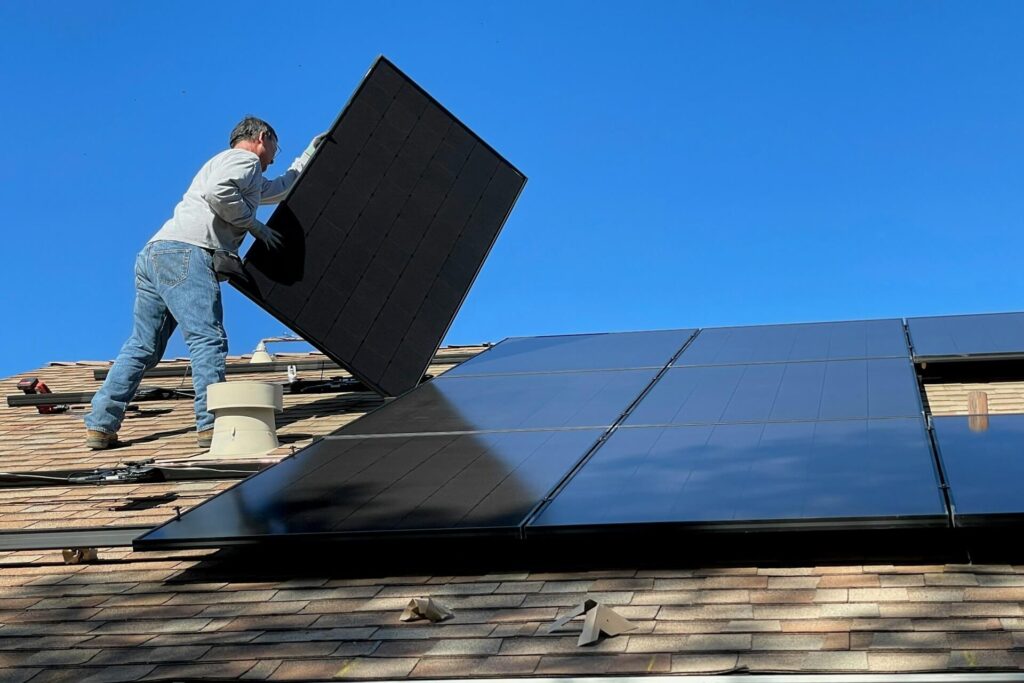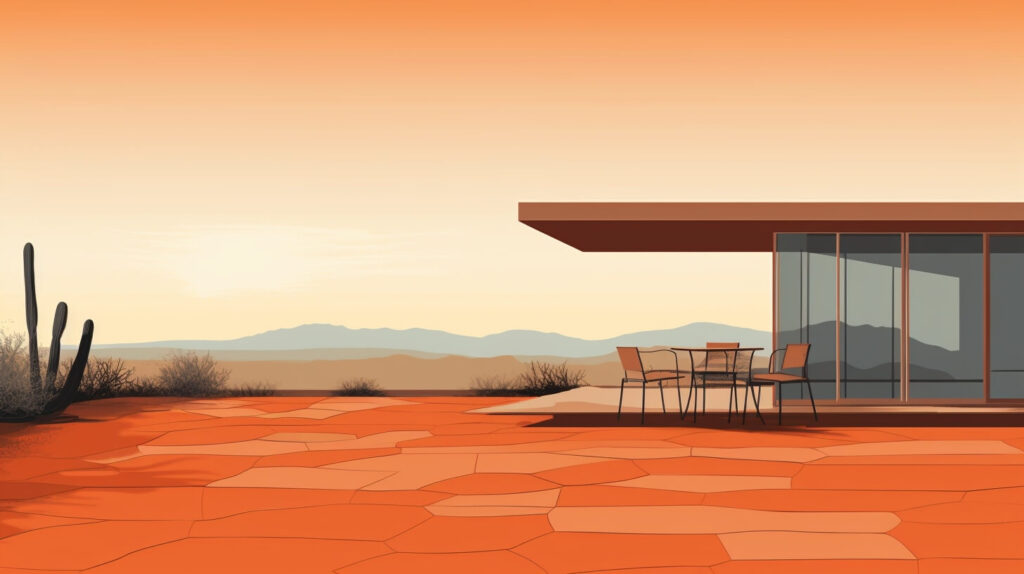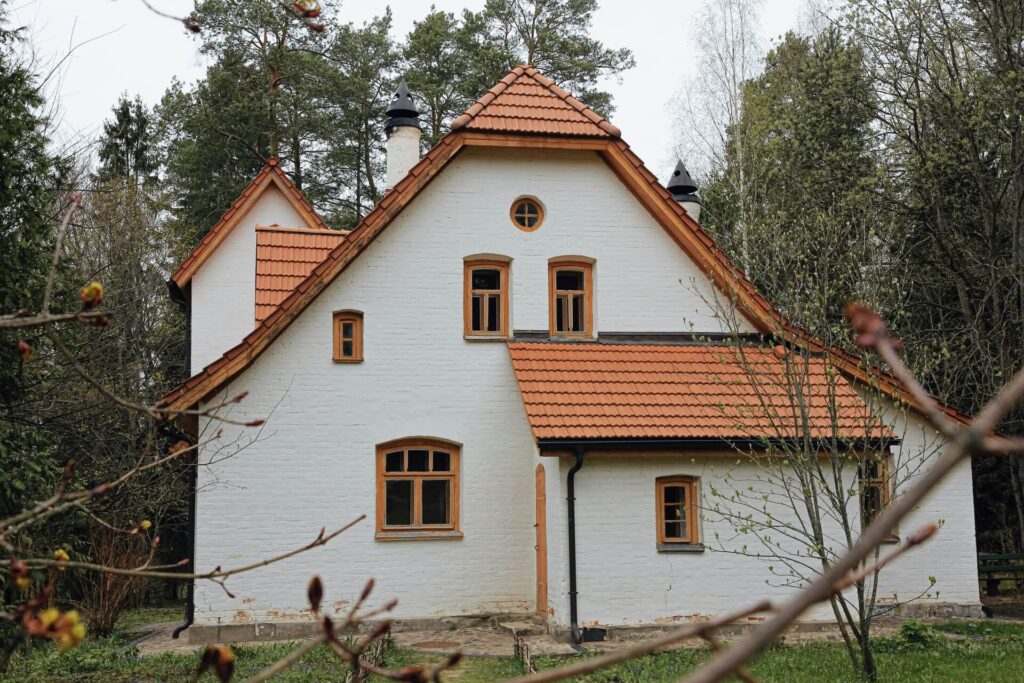Can Changing Housing Ordinances Help the Tiny House Movement?

We are reader-supported. When you buy through links on our site, we may earn an affiliate commission.
Although they were originally meant to be helpful, housing ordinances sometimes get in the way of progress.
Housing is impossible for many people to afford. The average cost of a studio apartment exceeds $1,200 a month, regardless of where you live in the States. Even folks making twice the minimum wage still have to pay more than half their monthly income in rent, when experts recommend housing only take up 28%. Forget saving for a down payment — you’re trapped on a hamster wheel of increasing rent raises amid stagnant wages with no real hope for a brighter future.
Tiny homes seemingly offer the ideal solution. They’re perfect for one or two people, eliminating the need for multiple roommates and the resulting personality clashes. They’re also far more sustainable than traditional homes and climate change poses a clear and present danger to human life. Why aren’t they cropping up everywhere? Housing ordinances crush many tiny home dreams — can changing the law help the movement?
Tiny Homes Offer a Solution — What’s the Problem?
Why aren’t more cities seeing tiny home communities crop up like corn in a good growing season? After all, the need exists. Roughly one in seven renters struggled to make ends meet during the fall of 2021.
The problem lies in two sets of codes local governing boards use when determining what real estate development projects get the go-ahead in their regions. Building codes dictate residential construction size and other aspects of housing standards, such as the number of electrical outlets. Many areas use the International Building Code, which specifies that certain rooms must be at least 70 square feet with 7-foot ceilings.
Another issue arises with zoning. Many cities and counties specify a minimum of 1,000 square feet for residential buildings constructed on properties within their district. With most tiny homes ranging from 200 to 400 square feet, this rule greatly impacts the ability to build a tiny home. If you plan an independent build, you may have to look far off the grid to locate suitable land, which creates other unique problems. How do you commute to work if you must? How do you get reliable internet to telecommute if your employer provides that option?
Can Changing Building and Zoning Ordinances Help the Tiny Home Movement?
Changing local building codes and zoning ordinances could advance the tiny house movement. Already, some states like California, Oregon and surprisingly enough, Texas, have adopted looser rules. For example, Spur, Texas, voted to do away with nearly all building restrictions, rebranding itself as the tiny home capital of America — and has seen enormous growth and success.
Other municipalities should follow suit. However, changing the law isn’t the only issue keeping some who desperately need the option from investing in tiny homes. The other problem lies with funding.
Banks make money by loaning it. They want a good return on their investment. Many consider tiny homes too risky to extend mortgage loans to unless they fall into the luxury category — pricing them at well over $100,000, out of the reach of many needy borrowers.
Those who want to borrow to fund their homes often need to secure RV financing. The problem with this scenario is that it requires a higher credit score than getting a traditional mortgage — as much as 660 or higher. The people who need tiny homes the most often have rocky credit thanks to relying on cards to pick up the slack between the rising cost of living and stagnant wages.
How to Incentivize Building Eco-Friendly Tiny Homes
Therefore, supporting the tiny house movement requires efforts from two sectors: the government and financial institutions. The solution will ultimately reside with the government. Although a capitalistic economy doesn’t allow direct interference in business operations, it can offer tax incentives to lenders that provide loan products to needy consumers.
The federal government could also do more. Fannie Mae and Freddy Mac buy mortgages from lenders and hold them in their portfolios or package them in mortgage-backed securities that they can sell. These entities attract secondary mortgage investors more attractive. Although these companies are now shareholder-run by congressional charter, they show that the Feds could step in and create a similar program strictly for tiny homes.
Acting now is imperative. Housing shortages in some areas have already led to many small shops shuttering as the people who work there simply can’t afford to live within a reasonable commuting distance. Homelessness is an increasing problem, as are deaths of despair. We have the means to address the issue and we should.
Changing Housing Ordinances and the Tiny House Movement
Tiny homes offer a seemingly perfect solution to the housing crisis and can help avert climate catastrophe. Given the benefits, why aren’t these communities cropping up everywhere?
The problems facing the tiny house movement boil down to building codes, housing ordinances and financial challenges — all of which we have the problem to fix. Changing the law could help people secure necessary housing stability while bettering everyone’s lives.







